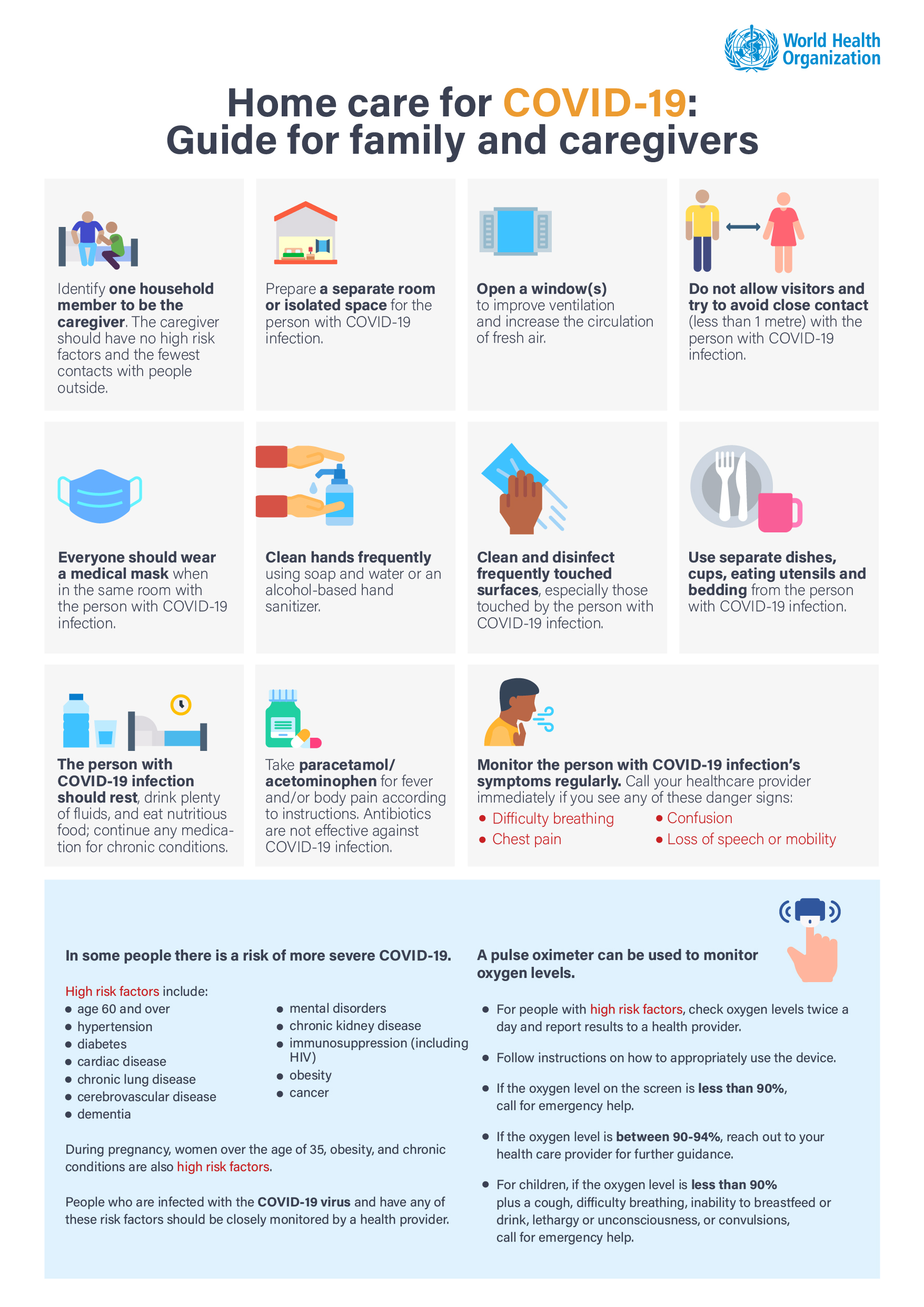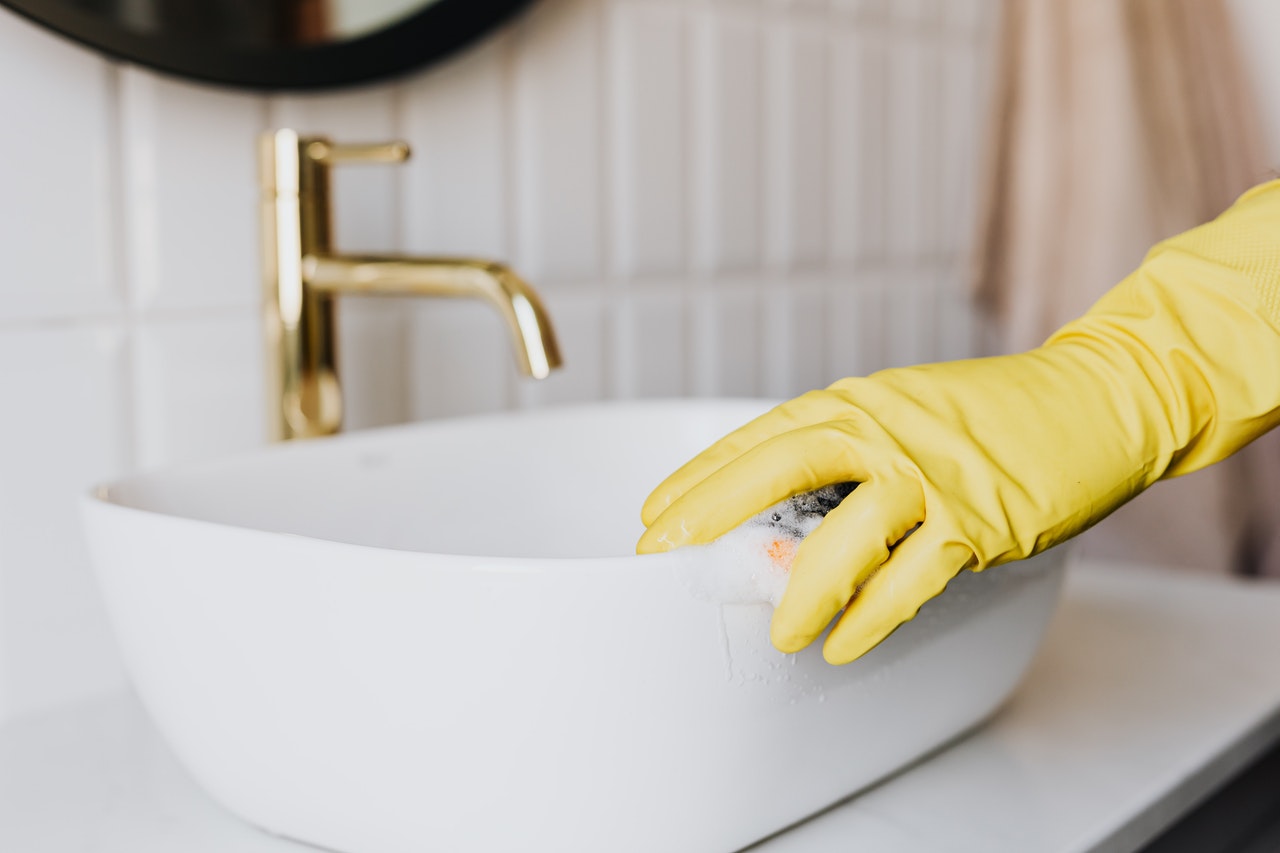Over the past few weeks, we’ve been seeing a rise in Covid-19 cases in Singapore. To reduce the strain on the healthcare system, those who test positive and meet certain criteria are placed on home recovery. This includes those who are:
- Fully vaccinated
- Aged 12 to 69 years old
- Have no or mild symptoms
- Have no severe diseases or comorbidities
- Doesn’t have household members over 80 years old, or in vulnerable groups, including those who are pregnant, immunocompromised or have multiple comorbidities
- Can isolate in a room, preferably with an attached bathroom (which usually is the master bedroom)
Here are some tips on how to prepare the self-isolation room.
1. Decide on the room to use for self-isolation in advance
Start by setting up the self-isolation room in advance, just in case a family member tests positive and is placed on home recovery. This makes the transition easier when a family member tests positive and other household members are placed on home quarantine.
If you (or a family member) are a close contact, have any Covid-19 symptom and test positive on the ART, you can immediately self-isolate in the room while waiting for the PCR results.
The Singapore government’s advice is to isolate in a room with an attached toilet. In Singapore, this is usually the master bedroom.
But if you can’t isolate in a room with an attached toilet, you can use another room that’s suitable for self-isolation.
2. Make sure the room has window(s) that can be opened
Virus particles are airborne and can remain in the air for a long time if ventilation is poor, increasing the risk of infection. Opening the window helps to reduce transmission as it allows fresh air to come into the room and keep it well ventilated.
To improve air flow and circulation, you may also use fans when the windows are opened.

3. Ensure the power socket in the room works
Being isolated in a room alone can make you feel lonely. So it’s important that you can still stay connected with your household members, family and friends via phone calls and video chats, or even MOH and your telemedicine provider.
And one way to do that is to have your phone with you. Since you need to stay isolated, you’ll need to charge your phone inside the room as well.
4. Stock up on the essentials
The room should have a thermometer and an oximeter to monitor your condition, surgical masks, tissue, wet wipes and water.
If there’s an attached bathroom, there should be enough soap available to wash your hands regularly as well. Otherwise, set aside alcohol-based hand sanitiser.
Prepare cleaning supplies like Dettol, wet wipes and gloves in the room as well. If the infected family member is well enough, they should clean the room regularly to minimise the risk of transmission.
You might also want to keep a towel, in case the infected person needs a wet towel to bring down the temperature. You can also want to have paracetamol to reduce fever.
Don’t keep other medications that aren’t proven to treat Covid-19, such as ivermectin.
5. Set aside a separate garbage bin
Keep a rubbish bin, preferably one with a lid that closes, inside the room. Line it with a trash bag. This is for any waste that the infected person has, such as used tissue and masks.
You should also have enough trash bags in the room, so that the infected person can double bag their trash for disposal.
6. Remove any unnecessary clutter and furniture from the room
Keep only the essential items in the room, such as a bed, table and chair. The table and chair should also be suitable for the infected person to eat at, since they’ll need to eat in the room.
By only having the necessary items in the room, it will be easier to clean it regularly as well. This includes wiping high-touch surfaces like doorknobs, light switches and tables.

7. Ensure there’s a strong Wifi signal in the room
The Wifi signal may not be strong enough if there are multiple walls between the room and router. You can resolve this by installing a Wifi extender or Wifi mesh.
With a strong signal, the infected family member can have regular video calls with family, friends and the telemedicine provider without much disruption.
Plus, they can keep themselves entertained with whatever’s on the internet, be it with Netflix, American/Korean/Hong Kong dramas, or TikTok.
With that, we hope that this guide will help you with your home recovery journey. For more information on Covid-19 and home recovery, you can check reputable sources such as the MOH website or the WHO website.
Do you have any tips on home recovery from Covid-19? Let us know in the comments section below or on our Facebook post.
If you found this article helpful, 99.co recommends How to prepare your family and stay isolated for Covid-19 recovery at home and 11 steps to allergy-proofing your home.
Looking for a property? Find the home of your dreams today on Singapore’s fastest-growing property portal 99.co! If you would like to estimate the potential value of your property, check out 99.co’s Property Value Tool for free. Meanwhile, if you have an interesting property-related story to share with us, drop us a message here — and we’ll review it and get back to you.
Frequently asked questions
What if the infected person can’t take care of themselves?
You can have a caregiver to take care of them. To reduce the risk of infection, limit the number of caregivers to one person. They should be someone who doesn’t have underlying conditions, so that there’s a lower risk of complications should they get infected with Covid-19.
What if there’s only one bathroom at home?
If the infected person and other household members need to share a bathroom, it should be disinfected, with all the surfaces wiped down after every use. Wear a mask every time you use the toilet as well.
What if the infected person needs to leave the room?
The infected family member should wear a mask every time they leave the room and maintain at least one metre away from the rest. The other household members should also wear a mask when they’re in the same room as the infected person. Disinfect high-touch surfaces and keep the area well ventilated as well.
What if you can’t self-isolate?
By right, MOH will make arrangements for you to recover in a treatment facility. While waiting to be picked up, keep yourself at least one metre away from other household members. And if you have to sleep in the same room as another household member, ensure that you sleep on a separate bed.
The post Covid-19 home recovery: How to maximise space and functionality for the self-isolation room appeared first on 99.co.

